A Bastion For The Big 5
10 December 2019 | The Mara | Adam Bannister
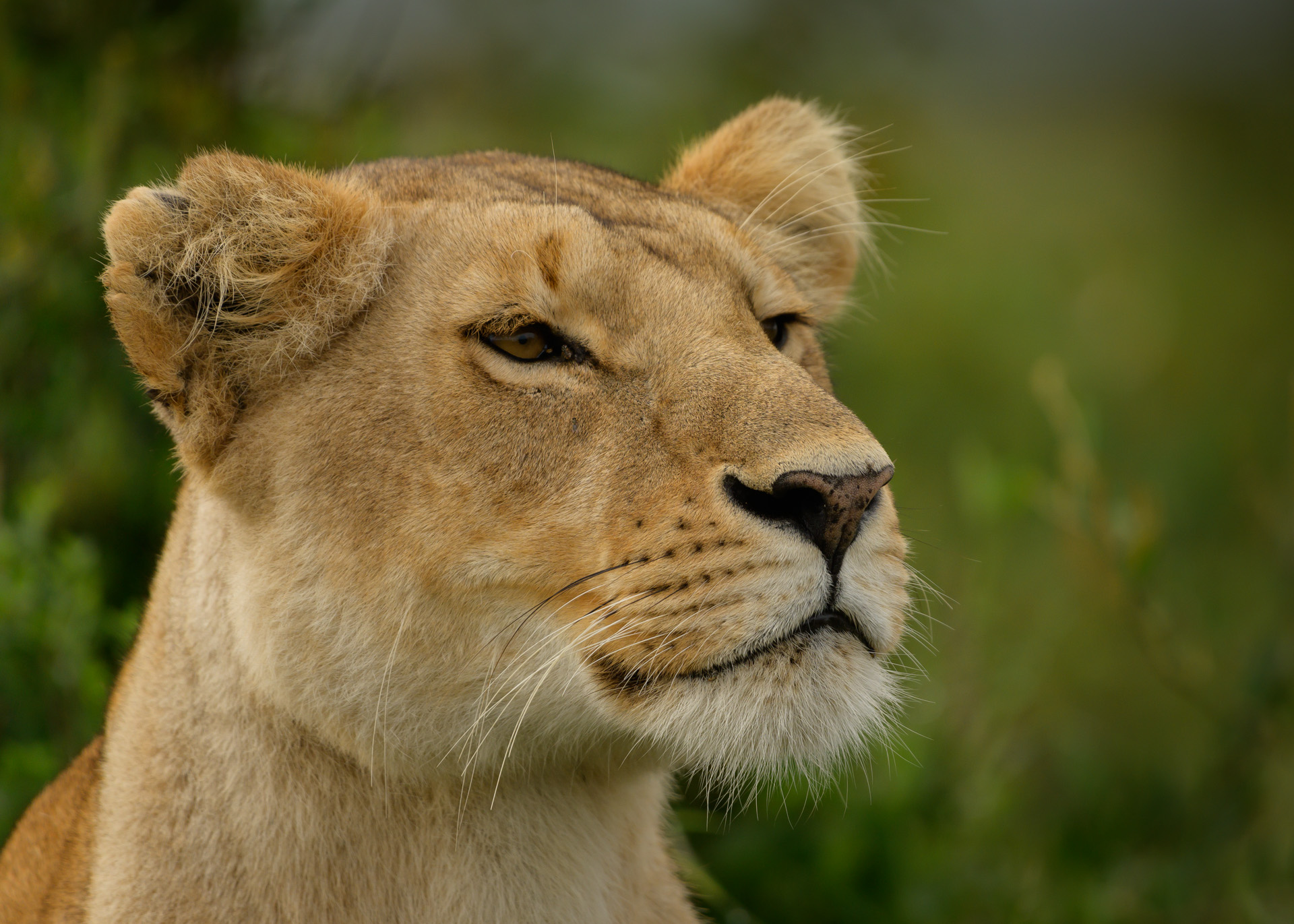
The term ‘Big 5’ conjures up images of sweeping African landscapes; untamed wilderness areas, vast open grasslands dotted with trees and expansive open skies. What began as a hunting term, a way of grouping together the five most dangerous animals to hunt on foot, has turned into a feeling. Together with the word ‘safari’, these short expressions epitomise an entire way of life.
Over the years, approaches to conservation have been debated at length – certain behaviours have come in and out of favour. While it was once acceptable to travel to Africa with the intention of hunting a member of the ‘Big 5’, it is now frowned upon by many. In its place we have seen the growth of another industry – photography.
Every single day, thousands of people across Africa arm themselves with the latest, greatest, biggest and fastest camera equipment and go out in search of wildlife. Instead of sighting them in their scopes and down the barrel of the gun, they take aim through their lenses and fire away to capture images that will end up in albums and on walls – a natural evolution of trophy hunting perhaps? Only now, a far less consumptive approach.
Instead of putting together facts on the animals that make up the Big 5, of which Google is already saturated with, I thought it would be more interesting to briefly discuss the current state of play for each of these five species in the area and to mention some of the great work being done to ensure the next generation of photographers will also have the opportunity to enjoy moments like we do today.
Lion
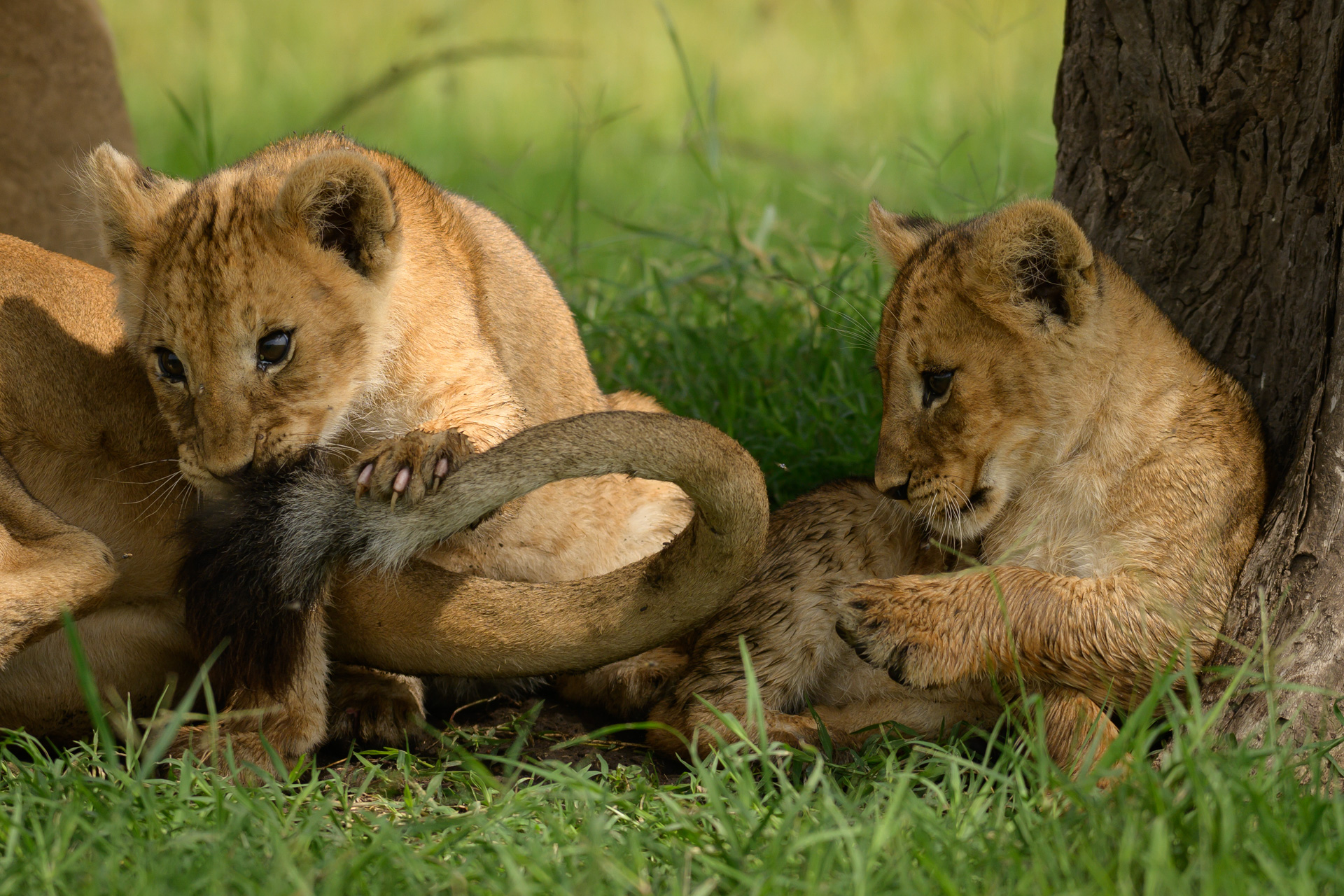
The lion population in the Mara Triangle is extremely healthy. The open border with Tanzania’s Serengeti makes it very difficult to give an exact number to the population, however I believe that there may be as many as ten distinct prides in the 510 square kilometres that make up the Triangle.

The biggest issue lions face in this area is, due to the Mara being unfenced, they will often move into the neighbouring communities. Here, they may opt for easy pickings and target livestock. Understandably, the local people often retaliate in an attempt to protect their livelihood.
The Angama Foundation supports one of the projects undertaken by the Anne K. Taylor Fund to build predator-proof bomas. Essentially, the thinking is that if you can protect the community livestock more effectively at night, then deaths will decrease and retaliation will reduce.
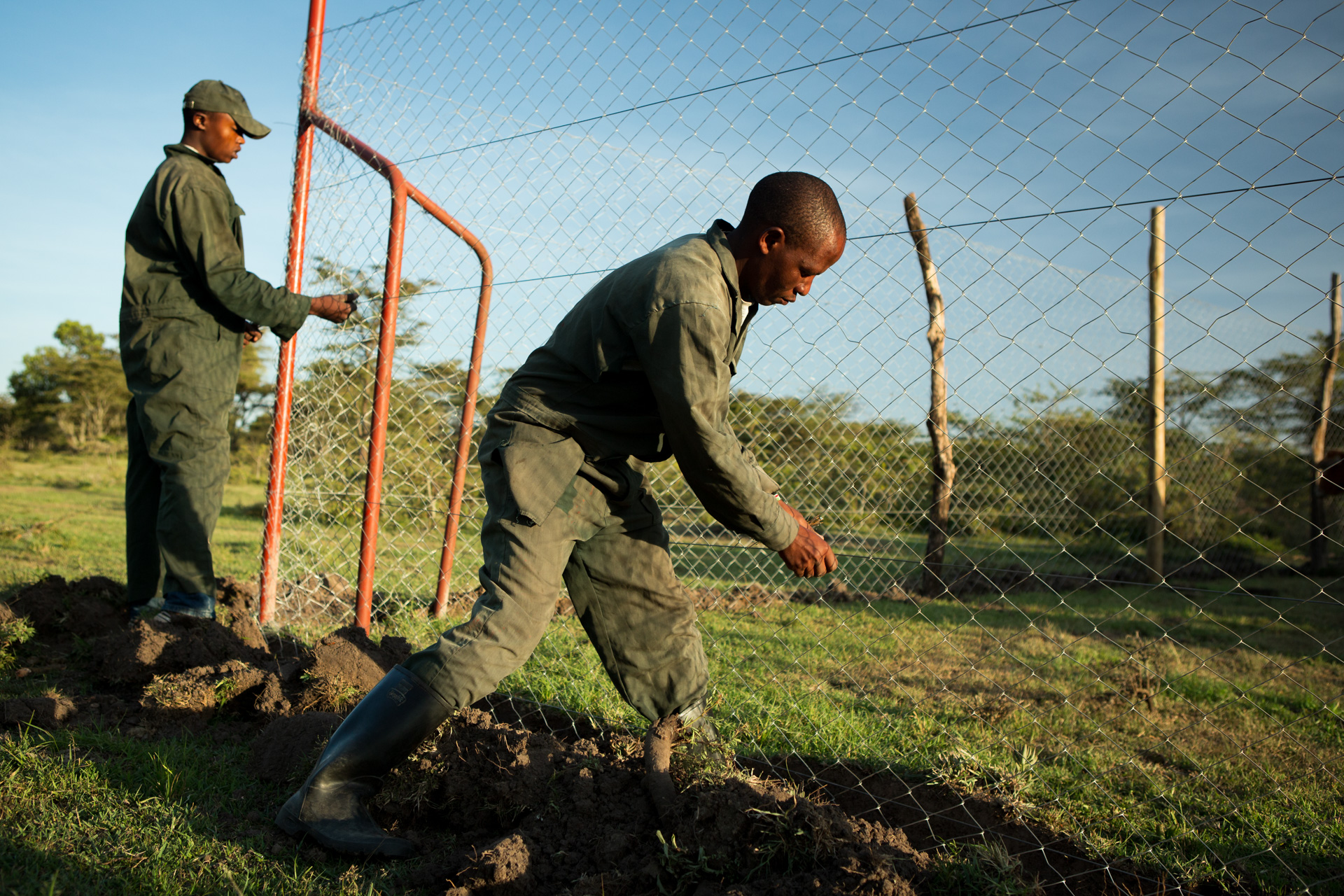
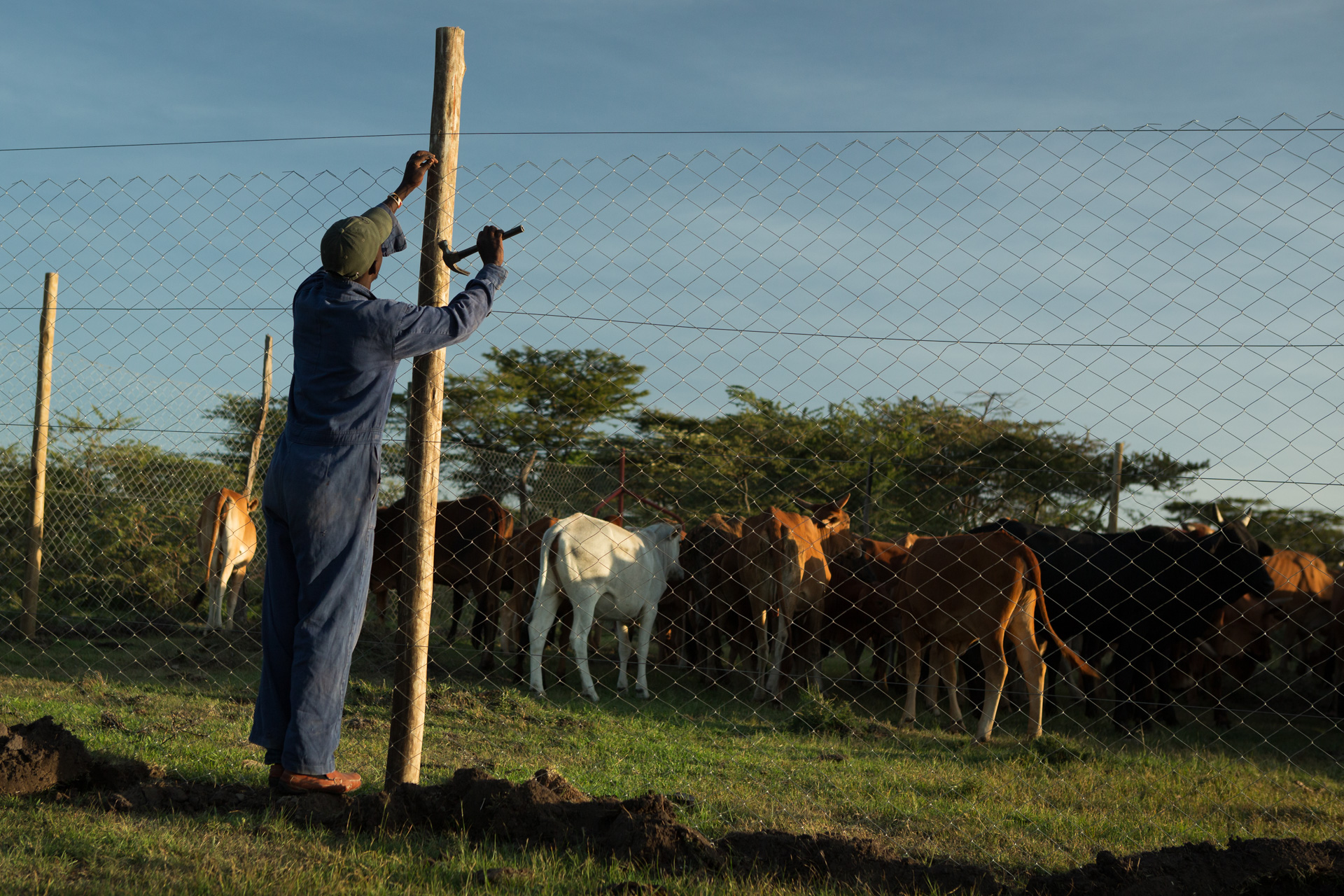
Another project we have recently started supporting is the Remembering Wildlife initiative in which some of the world’s foremost wildlife photographers each donate an image of a particular species. A coffee-table book is produced and all funds raised are donated to various causes and projects that support the conservation of that species. On the 17th of October, Remembering Lions was launched and I am excited to say I attended the London event.
Leopard
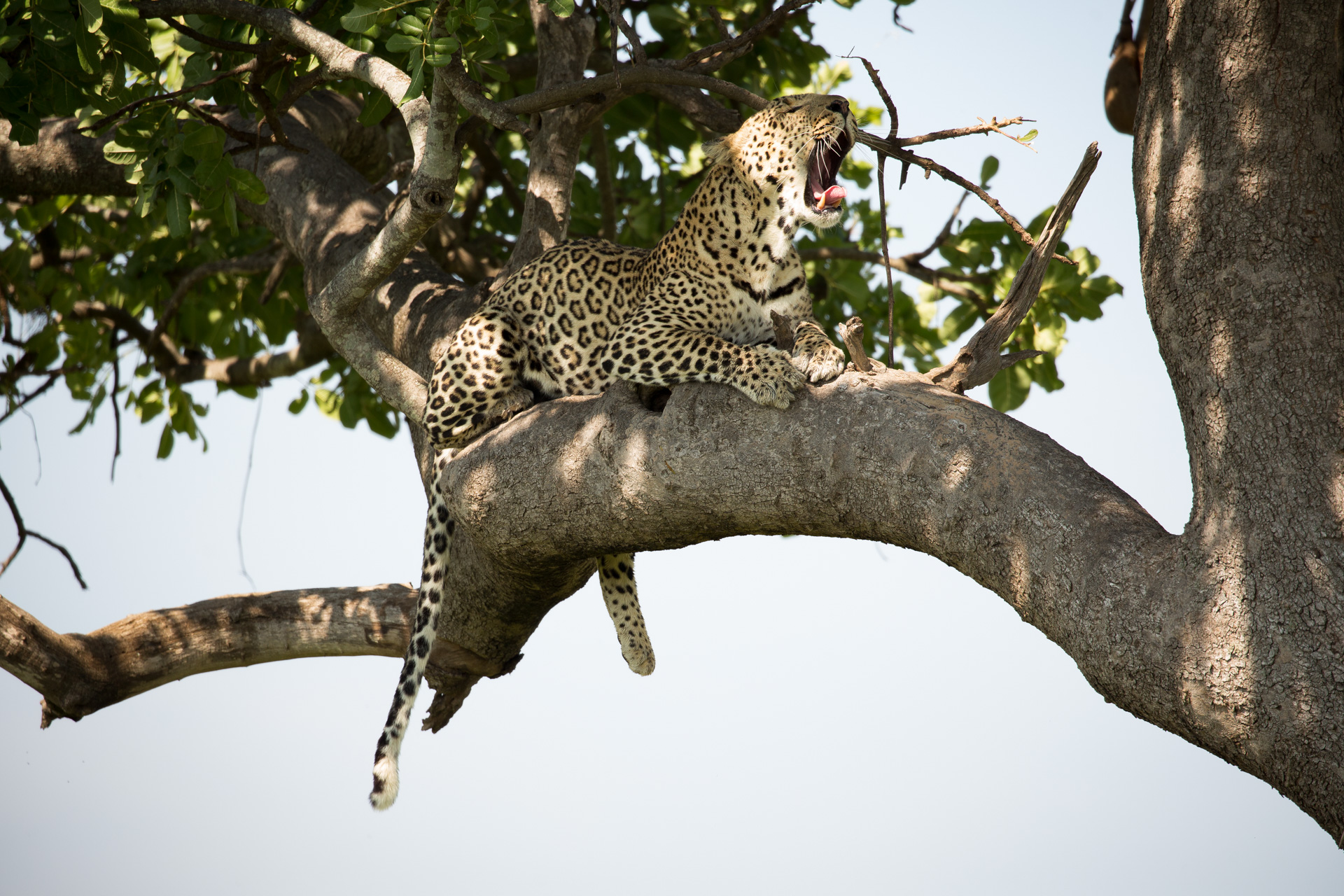
Arguably the most beautiful and elusive of cats. For the last year and a half, the Angama guiding team has been recording leopard movements in the Triangle. Recently, we started collaborating with a post-doctoral student, Eve Hills, to try and scientifically estimate the leopard numbers in the region. We have seen as many as 30 leopards, with results to follow in due course.
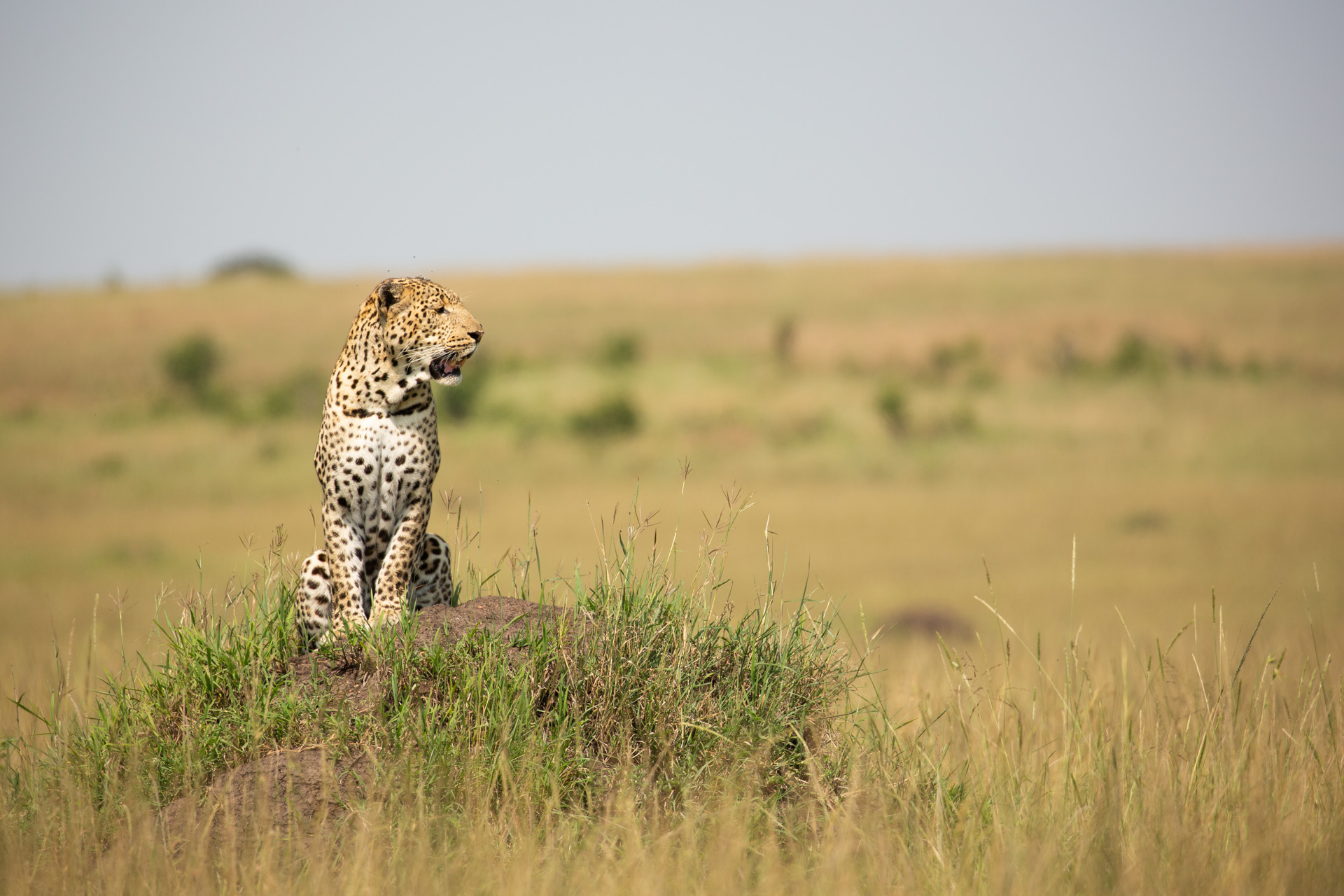
In addition to the basic population census, the Angama Foundation pays compensation to any community member who has their livestock killed by a predator in the area. Leopards are notorious culprits when it comes to hunting livestock and so we believe this small initiative of reimbursement goes a long way in reducing incidents of retaliation.
Elephant

The Mara Triangle has fortunately become a haven for elephants. Excellent management from the Mara Conservancy has seen their numbers flourish and I am delighted to say that we have some extraordinary up-close sightings of very relaxed individuals.

However, conflict arises when these pachyderms move out of the protected areas and into the neighbouring community farmlands. It is hard for an elephant to resist a juicy ear of corn or a scrumptious pumpkin. The farmers see their livelihood being destroyed in front of their eyes, and so they chase the elephants away, often using spears in the process.

An organisation, based just to the north of the Mara, called the Mara Elephant Project has been set up to reduce this conflict and to keep an eye on any poaching that may occur. Through the deployment of rangers, drones and even helicopters, the Mara Elephant Project punches above its weight from a conservation and community standpoint. Angama believes in the work they do, and the people who run it, and so we supply them with funds from the Angama Foundation to help them continue their work.
Rhino
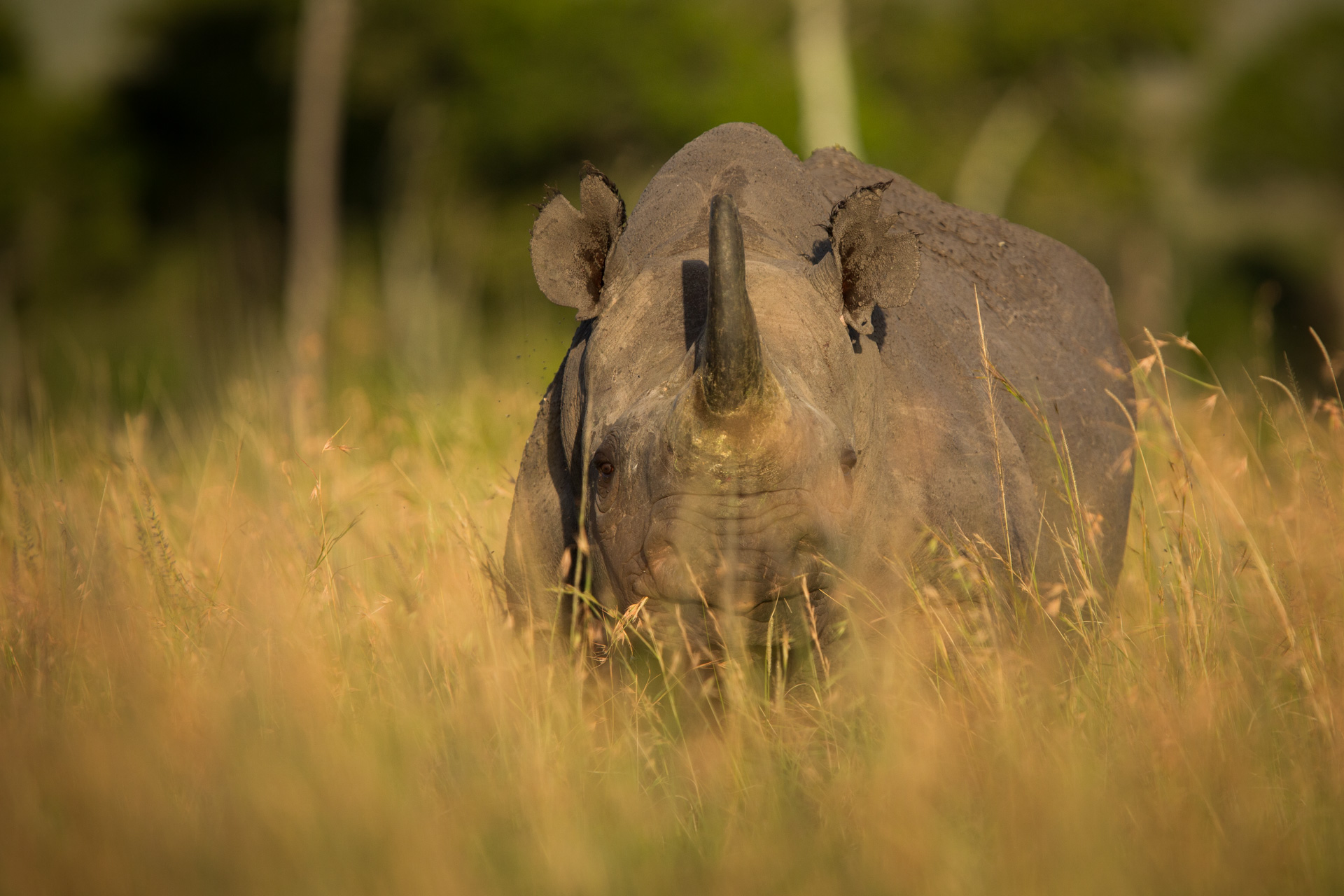
Throughout the entire continent of Africa, rhino face a grim future. Poaching has reached catastrophic highs and we are seeing populations being decimated in front of our very eyes. The Mara Triangle management has done an incredible job of protecting its small population of rhino, so when the call came through for help, the Angama Foundation was only too happy to assist. We provide the rhino anti-poaching team with a vehicle and also fund the ongoing running costs to allow them to monitor and patrol the rhino areas effectively. Thanks to this work, guests at Angama Mara have a high probability of seeing rhino whilst on safari. Long may it continue.
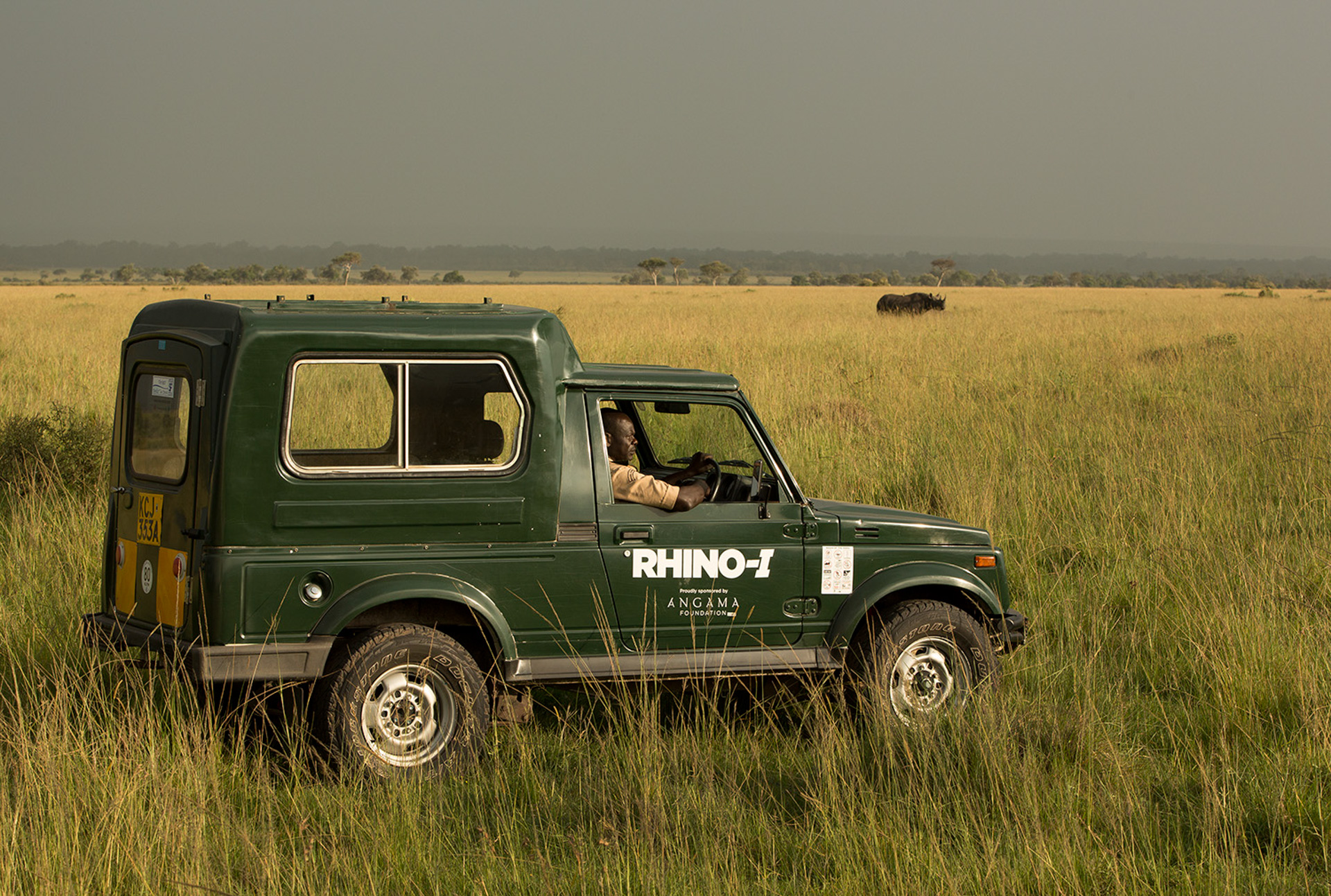
Buffalo
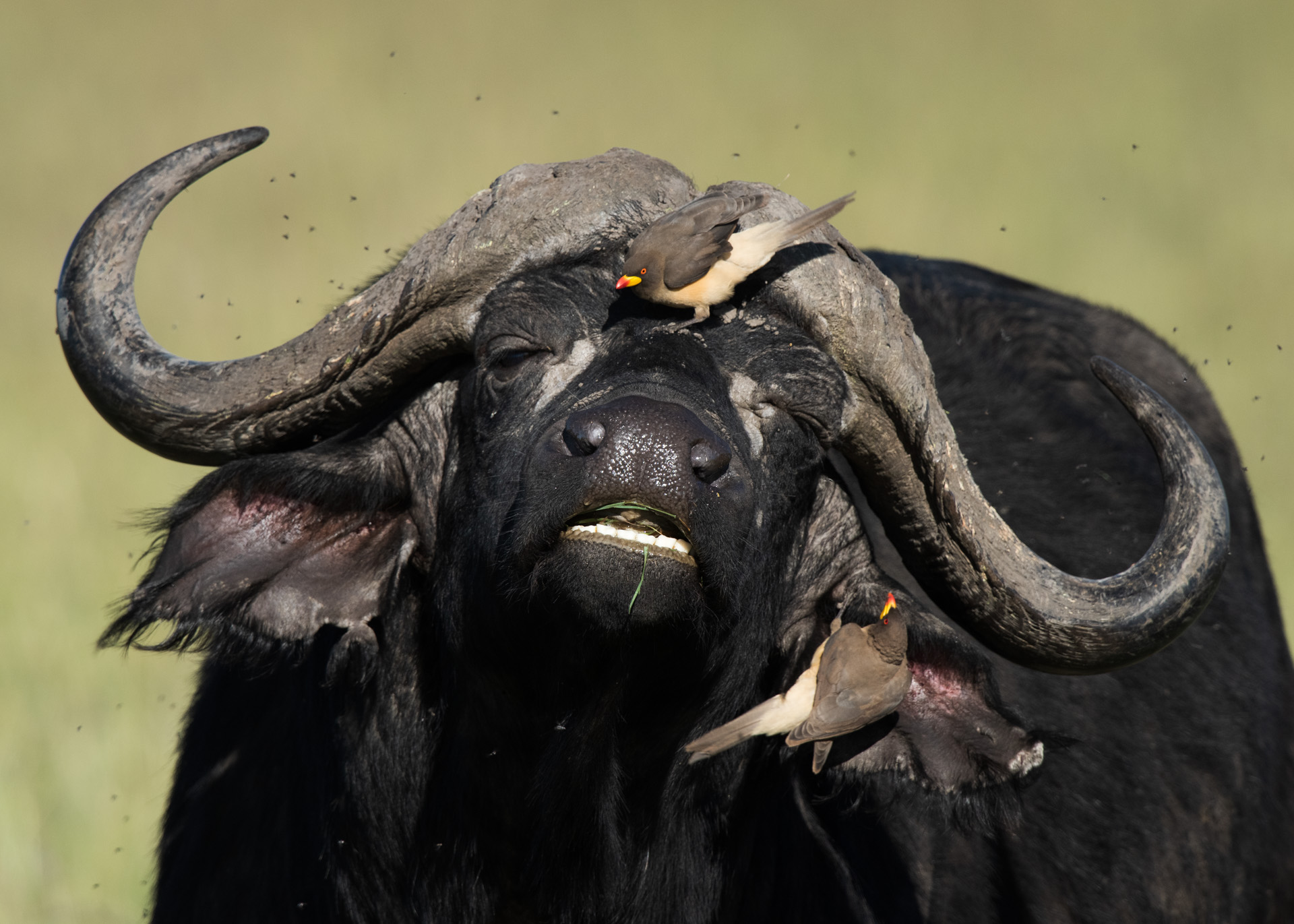
One could argue that buffalo are the most dangerous of the Big 5, as they are inquisitive and confrontational by nature. They deserve respect. We are delighted that their numbers are strong in the Mara and it is common to see huge herds of them in the grasslands. One of the reasons is that the Mara has a very effective veterinary unit working day and night to respond to wildlife issues. The heroes and heroines from the Mara Conservancy are to be applauded. This was one of the major reasons that we decided to have the Mara Conservancy as one of the beneficiaries of the photographic competition we host. If you have not already entered your favourite Mara photograph then be sure to check out www.thegreatestmaasaimara.com and perhaps enter next year and consider donating your entry fee to the men and women who work in the field.
TAGGED WITH: Safari, Angama Mara, Anti-Poaching, Mara Conservancy, Big 5, Lions of the Mara, Anne K Taylor Fund, The mara, Wildlife Protection


